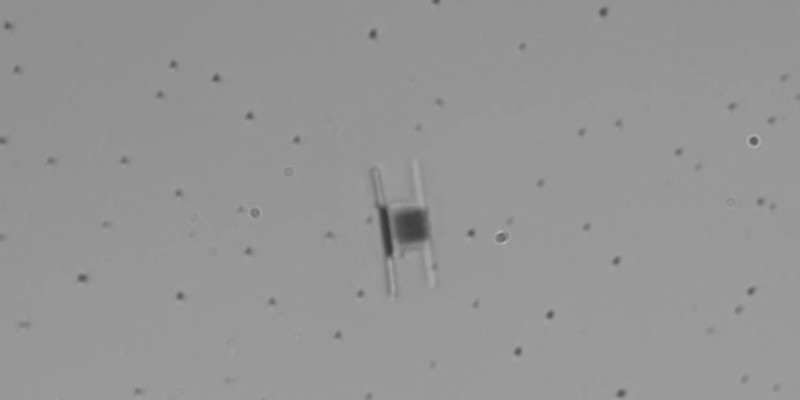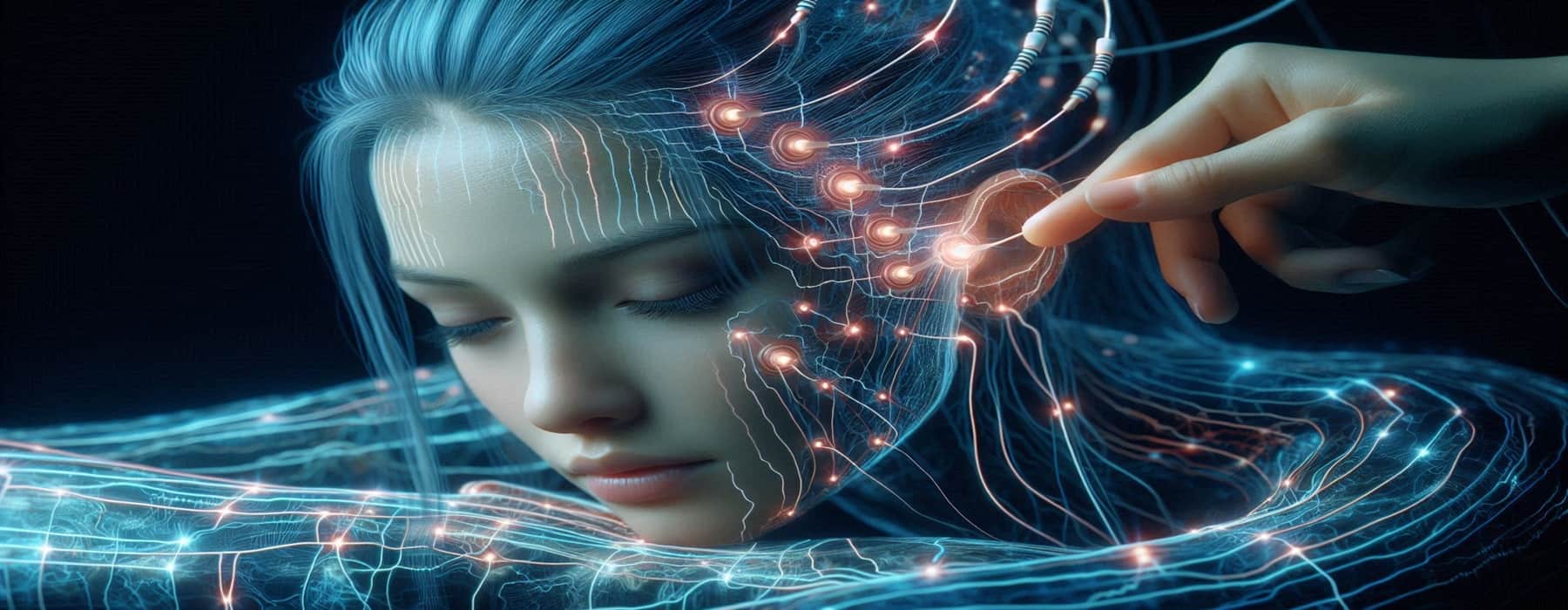Researchers from UC San Diego and the Allen Institute for AI have developed a new climate model using artificial intelligence (AI) tools like the image generator DallE. This model, Spherical DYffusion, can predict 100 years of climate patterns 25 times faster than existing models.
Using Spherical DYffusion, it takes just 25 hours to simulate what would take weeks with other models. Usually, top models need supercomputers, but this one runs on GPU clusters in labs.
“Deep learning models are about to change how we model weather and climate,” say the researchers. They will share their findings at the annual conference on Neural Information Processing Systems (NeurIPS) conference in Vancouver in December 2024. In their conference paper, the researchers describe the methods and results of this study.
Climate simulations are costly because they’re complex. This limits how many scenarios scientists can explore.
The team used diffusion models, which are types of AI that generate data by learning patterns, combined with a Spherical Neural Operator, a network for handling spherical data like Earth’s surface.
This new model uses known climate data to predict future changes through a series of transformations. It’s both faster and almost as accurate as other methods but uses less computing power.
The importance of better climate models
However, the model isn’t perfect yet. The researchers plan to add more elements to their simulations, like atmospheric responses to CO2.
The researchers note they’ve focused on emulating the atmosphere, a key climate element.
This advancement is crucial because faster, more accessible climate modeling allows scientists to run more simulations.
This means that researchers can assess a broader range of climate scenarios, helping to predict impacts like sea-level rise or extreme weather events more accurately. Better predictions can guide policy decisions, enhance disaster preparedness, and contribute to effective climate change strategies, all of which are vital for our planet’s future.
With this technology, we’re better equipped to tackle the challenges of climate change head-on.
Let us know your thoughts! Sign up for a Mindplex account now, join our Telegram, or follow us on Twitter.


.png)

.png)


.png)

